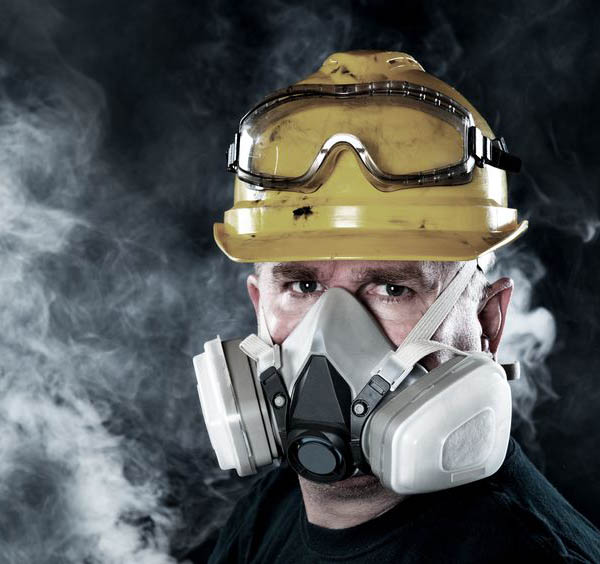Tight-fitting respirators must seal to the wearer’s face in order to provide expected protection. This includes disposable respirators (also called “filtering facepieces”). Therefore, fit testing is required in the US by the Occupational Safety and Health Administration (OSHA) before a user wears a mandatory respirator on the job, and must be assessed at least annually.
In addition, fit tests should be performed:
OSHA doesn’t require fit test administrators to be certified, just to know how to conduct a test, recognize invalid tests, and properly clean and maintain equipment. Read more about OSHA fit testing protocols.
Dual State Fire & Safety can perform your respiratory fit tests with our experienced safety technicians. Contact us online or at 870-862-6200 for more information about our respiratory fit testing service or if you would like to schedule onsite respirator fit test.
A quantitative fit test (QNFT) can be used to fit-test any tight-fitting respirator. It involves using an instrument to measure leakage around the face seal and produces a numerical result called a “fit factor.” There are three OSHA-accepted QNFT test protocols:
The better a respirator fits, the more stable it’s likely to be on the wearer’s face. Fit testing determines the respirator’s ability to retain its seal when the worker is in motion. That’s why test subjects are told to go through several exercises as part of testing. A respirator that shifts during movement may not be able to retain its seal.



